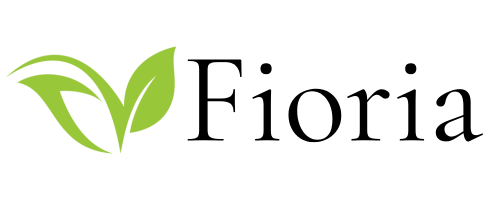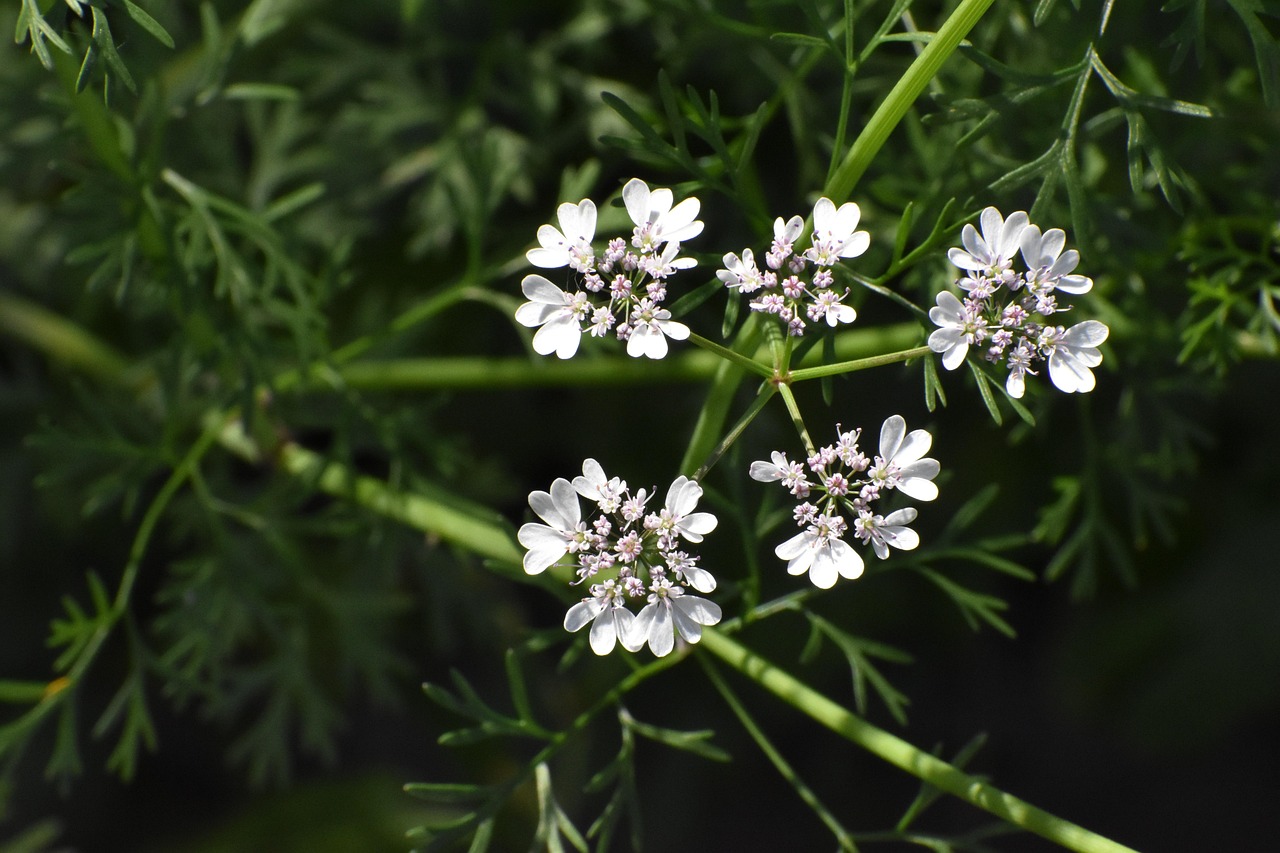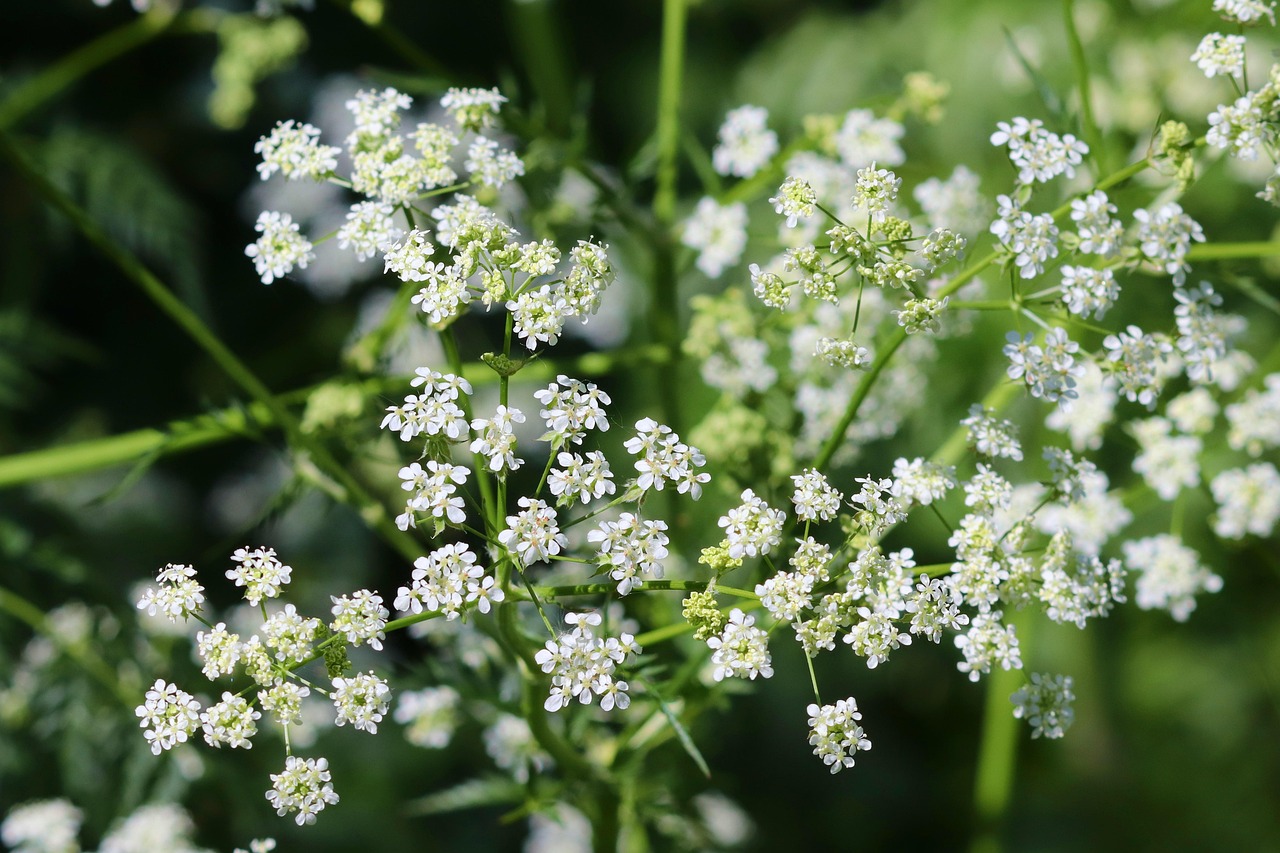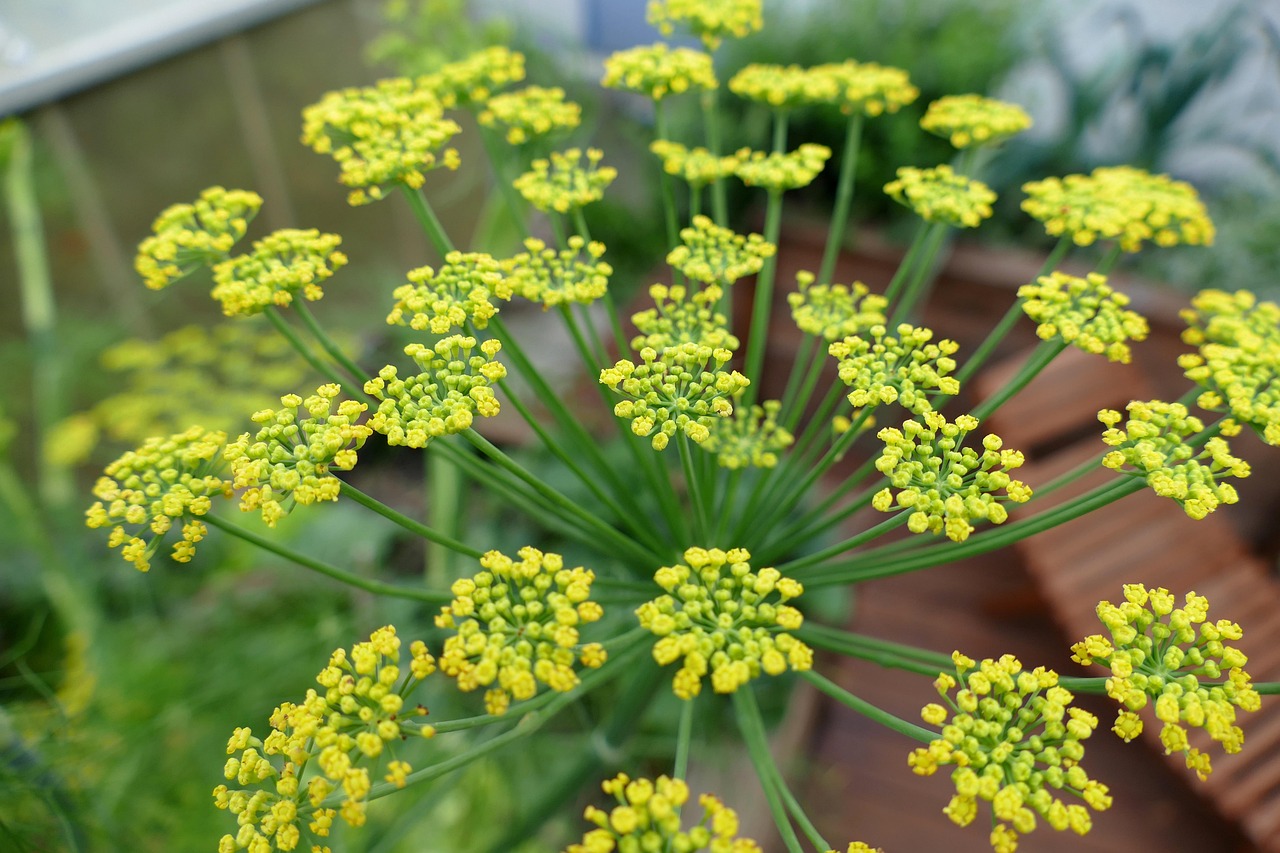Aegopodium | The Monk’s Herb in the Medicinal Garden
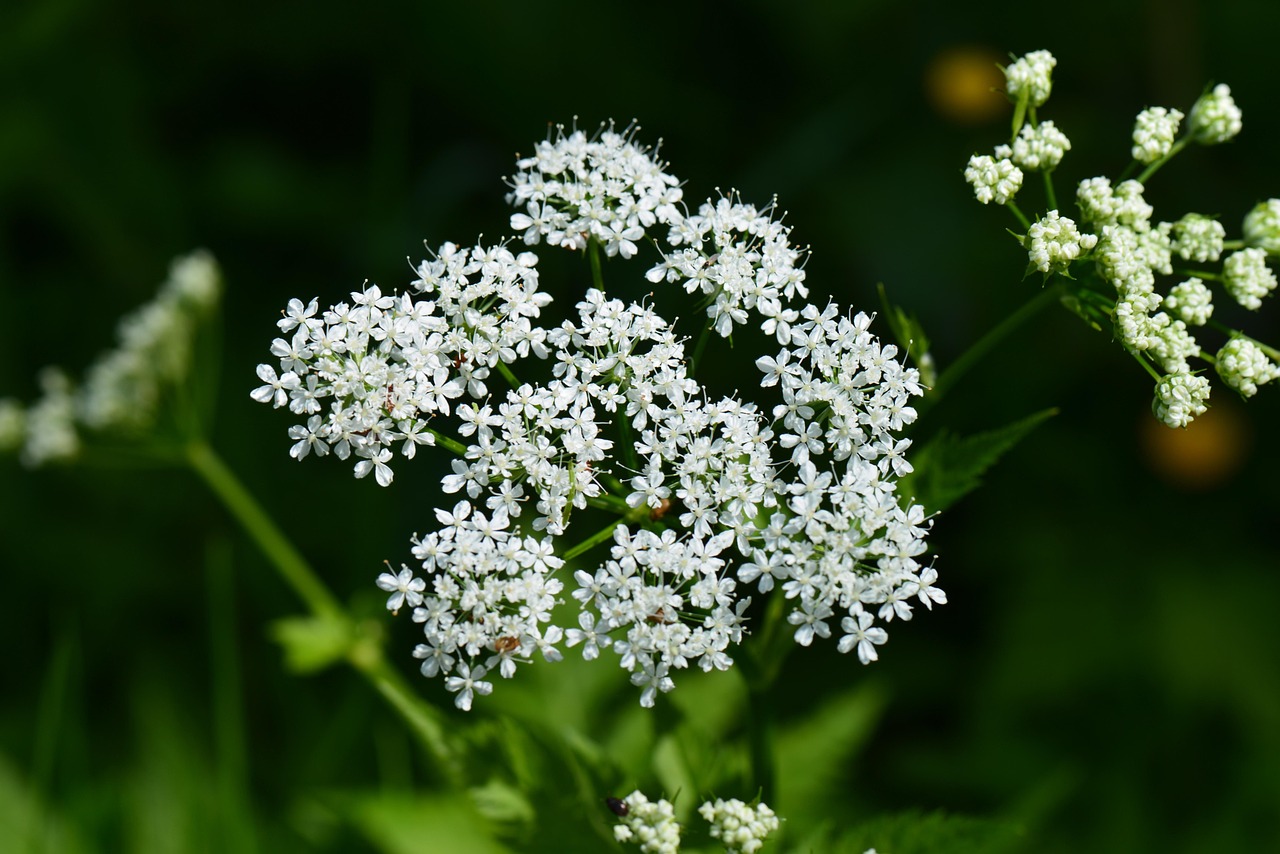
Aegopodium is a perennial herb characterized by its delicate umbels of small white flowers and its variegated foliage. In addition to being widely used as ground cover in gardens, it is also easy to cultivate in shaded areas.
In this article, I will introduce the essential information about Aegopodium, its cultural and historical background, and tips on how to grow it.
Basic Information
- Scientific name: Aegopodium podagraria
- Family: Apiaceae
- Origin: Temperate regions of Europe and Asia
- Appearance: The leaves of Aegopodium are finely divided and come in bright green or variegated varieties. The flowers grow in umbels on stems 50–80 cm tall, forming clusters of small white blossoms.
- Flowering season: June to August
Cultural Significance Around the World
In Europe, Aegopodium is known as “bishop’s weed” or “ground elder,” valued as ground cover and as part of windbreak hedges.
It has traditionally been incorporated into gardens as a key element of naturalistic landscaping. In monasteries and church gardens across Europe, its vigorous growth made it useful for maintaining a stable and lush environment.
In North America, it has naturalized and is used both as a decorative garden plant and as a wild species in certain areas.
Historical Background
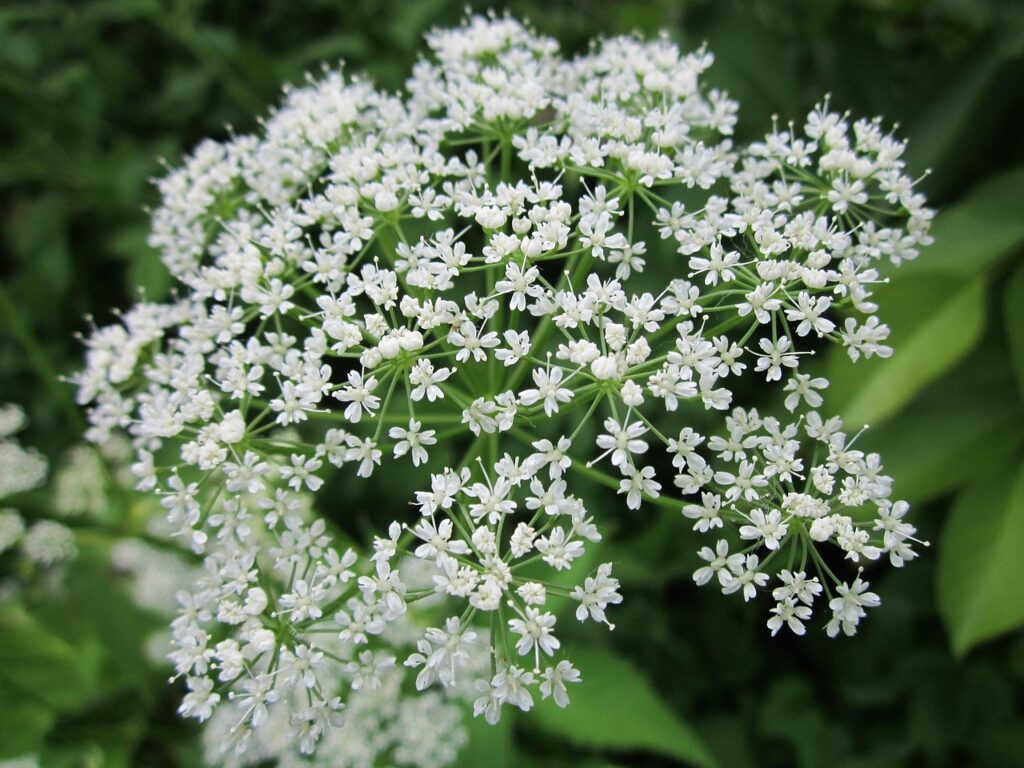
Aegopodium has been familiar to people since ancient Rome and throughout medieval Europe.
Its strong growth and ease of management made it a favorite plant among monks, who cultivated it in their gardens for daily use.
The name “podagraria” derives from the Latin word for “gout,” which was associated with its traditional uses, hence its alternative name “monk’s herb.”
From the 16th century onward, as European garden culture flourished, Aegopodium was widely planted as a ground-covering plant. Over time, its ornamental value was increasingly appreciated, and horticultural varieties were developed.
Gardening Advice
Aegopodium is a hardy and low-maintenance plant, but to create the best environment, I recommend paying attention to the following points:
Light
Thrives in partial to full shade. Direct, intense sunlight may damage the leaves, so bright shade is ideal.
Watering
Water when the topsoil is dry, especially in well-drained soil. Avoid waterlogging.
Soil
Prefers moist yet well-drained soil. Mixing compost into sandy soil creates optimal conditions.
Fertilizer
Apply a slow-release fertilizer in spring to encourage fresh leaf growth. Once a year is sufficient.
Propagation control
Its growth is vigorous, so to restrict its spread, install root barriers or thin it out regularly.
Pruning
Cutting back the stems after flowering encourages the next growth cycle.
Conclusion
Aegopodium is a perennial plant in the Apiaceae family that thrives in cool climates, featuring delicate foliage and clusters of small white flowers.
While it is an excellent ground-cover plant, its vigorous growth requires careful management. Since it prefers partial shade, it is best suited for bright yet shaded areas.
By understanding its history and cultural significance, I can make the most of Aegopodium in garden design.
